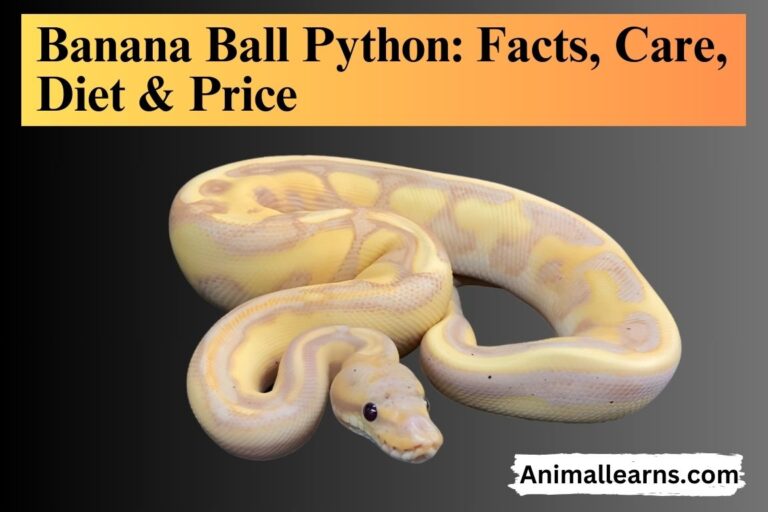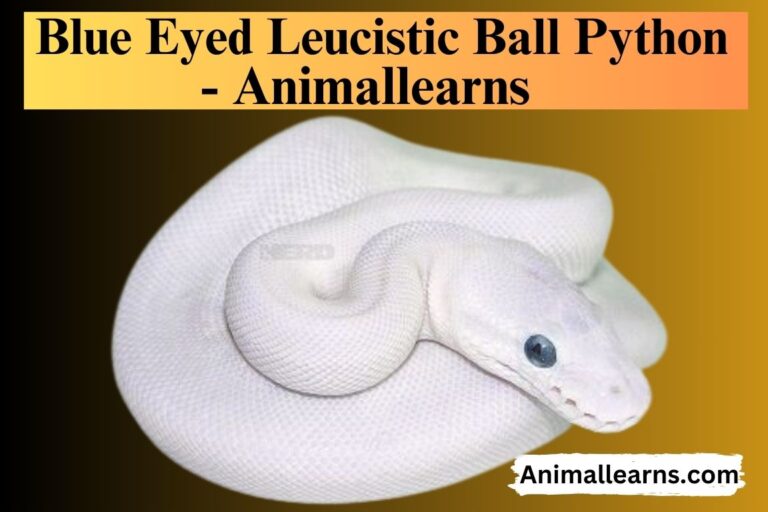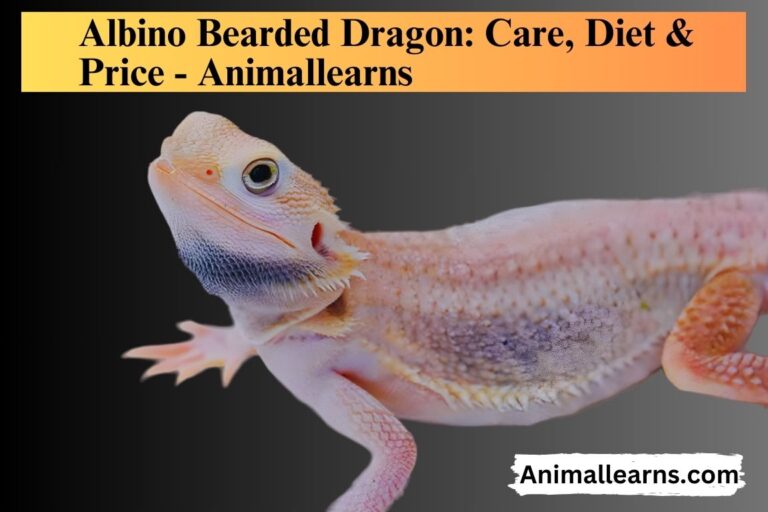Peacock Slider Turtle Care Guide | Facts, Diet, Habitat

The Peacock Slider Turtle, captivating reptile enthusiasts for decades, boasts a bright green shell adorned with vivid yellow hues. Trachemys emolli, their scientific name, means “smooth-shelled neck-hiding turtle,” which accurately describes their physical features.
Among the most well-liked reptile pets are slider turtles. Among them are the pond slider, yellow-bellied slider, and red-eared slider. These three slider turtles receive more attention than the others. Nonetheless, a few more recent species have emerged as the new kids in town.
Habitat
Contents
The Peacock Slider Turtle lives in freshwater bodies of water, such as lakes, ponds, and leisurely-flowing rivers. These tropical animals, which are indigenous to Costa Rica and Nicaragua, enjoy the sun on logs or rocks. They like to hide behind logs on the beach and amid underwater plants.
Lifespan
A Peacock Slider Turtle’s longevity in captivity may be amazing; with the right care and healthy habitat, they can survive for 15 to 25 years. For potential owners, this means a long-term commitment.
Appearance
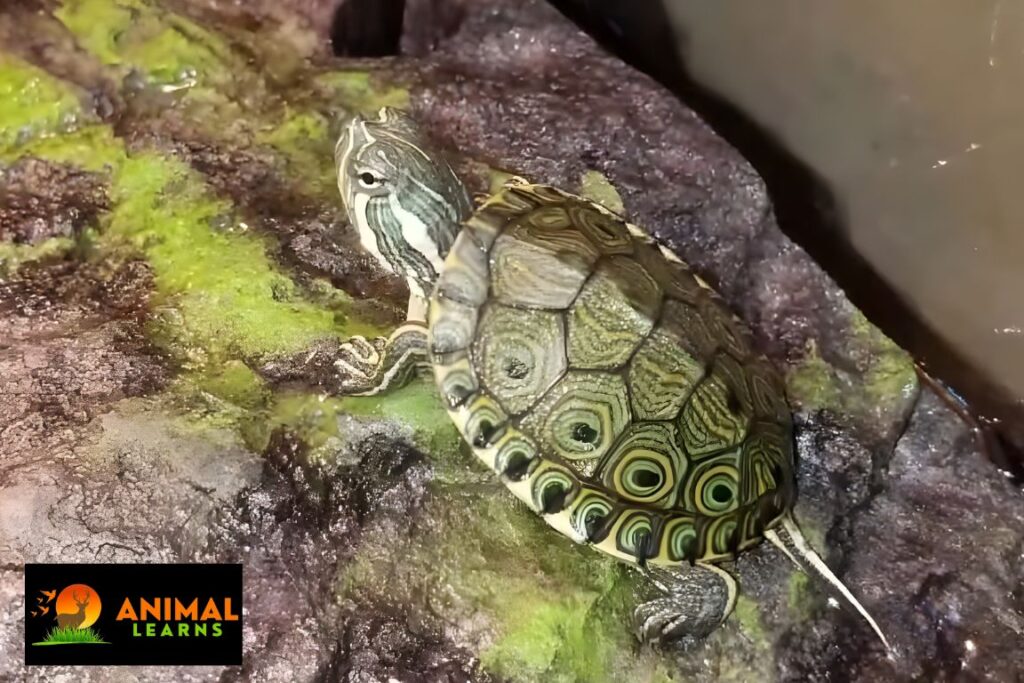
The Peacock Slider Turtle is an amazing-looking and fascinating animal. Its shell, or carapace, is a deep shade of olive green and is spotted with striking circular markings that range from yellow to orange.
Each marking has a black spot in the center that is similar to the plumage of a peacock. Its beautiful yellow stripes over the neck, legs, and tail add even more adornment to its olive-green skin. The neck is long and flexible, and the head is green with yellow patterns around the snout and eyes.
The turtle’s powerful webbed feet help it move through the water, and its small, dark eyes provide excellent eyesight both on land and in the water. Its legs include claws that help it dig and climb.
Diet
Because they are omnivores, peacock slider turtles take pleasure in a diverse diet that includes both plant and animal materials. Their health and well-being depend on this varied diet since it gives them the nutrients they require to flourish.
Plant-Based Foods:
- Aquatic plants: These are a good source of vitamins and minerals. Some species, such as hornwort, duckweed, and water hyacinths, are easily accessible.
- Romaine lettuce: Available whole or shredded, this vegetable is a strong source of vitamins A and C.
- Other leafy greens: collard greens, kale, and spinach are also excellent options, but because they can contain a lot of oxalates, they should only be served in moderation.
- Carrot: Available grated or chopped, this veggie is an excellent source of vitamin A.
Animal-Based Foods:
- Commercial turtle pellets: Commercial turtle pellets are an easy and nourishing method to provide your turtle with the nutrition it needs. Select pellets designed especially for aquatic turtles.
- Feeder fish: Although they can be heavy in fat, they are a fantastic source of omega-3 fatty acids and protein, therefore only serve them periodically.
- Mealworms: Available either live or dried, they are an excellent source of calcium and protein.
- Bloodworms: Although they can be heavy in fat, bloodworms are a wonderful source of iron and protein and should only be given periodically.
How Much Should You Feed Peacock Slider Turtles?
Being omnivores, peacock slider turtles require a diet rich in both plant and animal material. How much food you should give your turtle depends on several things, such as:
Age:
Hatchlings: Young animals require many meals throughout the day. Every several hours provide food, and after 15 minutes, take away any leftovers.
Juveniles: Juveniles can eat two to three times a day. Serve a range of foods and change the quantity according to how hungry they are.
Adults: An adult may eat once or twice daily. Don’t overfeed them; just enough food should be provided to satiate their desire.
Amazing Facts
- Peacock sliders are a representation of beauty and elegance because of their vivid colors and graceful motions. They serve as a reminder of both the value of conservation and the splendors of the natural environment.
- The ecology benefits greatly from the presence of peacock sliders. They aid in the pollination of plants and aid in the management of insects and other small animal populations. The ecosystems they live in depend on them for survival.
- Peacock sliders are reticent around humans, but they get along well with other turtles. They are frequently seen eating or lounging together. Their physical and emotional health depend on this social conduct.
- Originating in Central America, peacock sliders have been cherished pets for ages. They are now one of the most sought-after turtle species in the pet trade because of their recent meteoric rise in popularity.
- In addition to being visually stunning with its vivid yellow-to-orange circular patterns that mimic a peacock’s feathers, the Peacock Slider’s carapace serves as a sturdy shield that protects it from predators. Because of its dual purpose of camouflage, the patterns help the turtle blend in with its environment.
What Do You Feed Turtle Peacock Sliders?

The nutrition of a peacock slider turtle varies with age. Adult sliders need food high in fiber and carbohydrates to be full, whereas baby slider turtle and juvenile sliders need food high in protein.
Pet peacock slider turtles are resilient animals. You shouldn’t worry too much about their nutrition, as long as you provide them with wholesome food.
You may feed a peacock slider turtle the following foods:
- Sources of protein include cooked meat, worms, feeder fish, insects, tiny crustaceans, and larvae.
- Kale, cabbage, carrots, beets, broccoli, cauliflower, and peas are examples of vegetables.
- Fruits (On Occasion): star fruit, melon, banana (with peel), grape, guava, mango, pear, star fruit, kiwi, and strawberry.
- Flowers (On Occasion): Carnations, hibiscus, nasturtiums, roses, and dandelions.
Health And Diseases
Like any other living thing, Peacock Slider Turtles are susceptible to a range of health issues. It is vital to comprehend these concerns and implement preemptive actions to guarantee the welfare of your turtle.
Common Health Issues
- Problems with the shell: These can include soft shell syndrome (insufficient calcium in the diet), pyramiding (abnormal development of the shell plates), and shell rot (bacterial infection).
- Respiratory infections: If untreated, these illnesses, which bacteria, viruses, or fungus can bring on, can become rather dangerous.
- Digestive problems: Constipation, diarrhea, and impaction (an obstruction of the digestive tract) are examples of digestive issues.
- Vitamin and mineral deficiencies: Deficiencies in vitamins and minerals can cause a number of health issues, such as weak muscles, abnormalities of the bones, and reproduction issues.
- Injuries: These may result from mishandling, predators, or accidents.
Signs of Illness
Here are some signs that indicate your Peacock Slider Turtle might be ill:
- Blood in the stool
- Soft or deformed shell
- Abnormal behavior
- Loss of appetite
- Lethargy
- Swollen eyes
- Runny nose
- Difficulty breathing
- Diarrhea
Peacock Slider Turtles are active and growing reptiles, requiring a spacious and well-equipped tank to thrive in captivity. Here’s a breakdown of the necessary tank requirements:
Tank Requirements for Peacock Slider Turtle
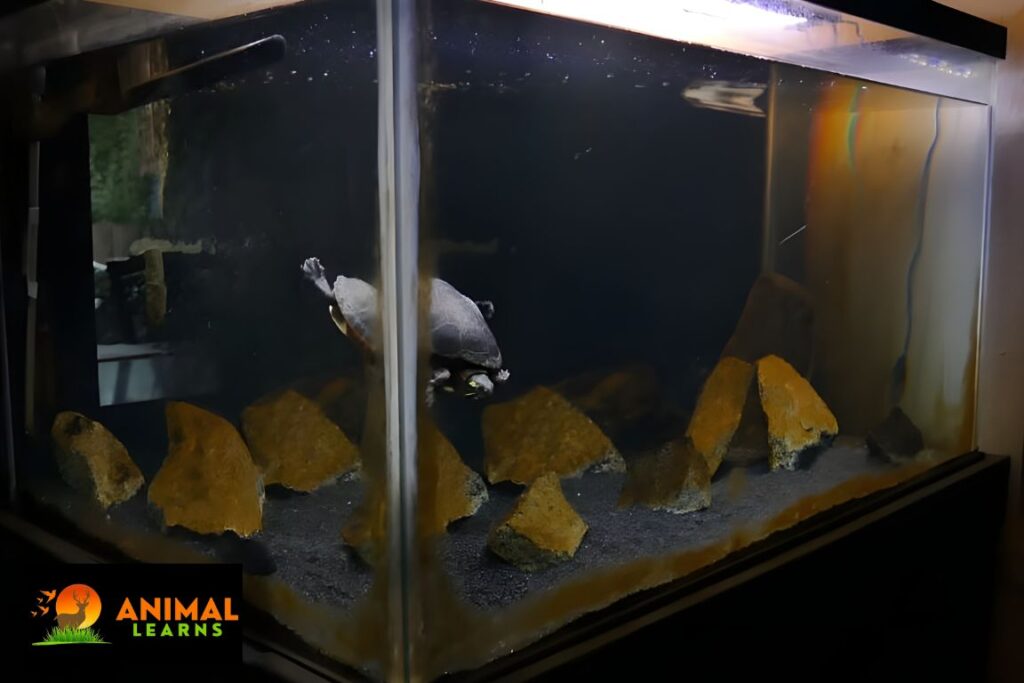
Because they are developing, energetic reptiles, peacock slider turtles need a large, well-equipped aquarium in order to survive in captivity. Here is a summary of what needs to be in the tank:
Tank Size
- Minimum: For juveniles, a 55-gallon tank is the bare minimum; for adults, a 100-gallon tank is required. Recall that larger is always preferable!
- As they develop, increase the tank capacity to meet their growing demands.
- The tank should be longer than it is broad to enable adequate swimming room.
Water Heater and Filtration
• Water heater: Use a submersible water heater to keep the water’s temperature between 75 and 85°F (24 and 29°C).
• Filtration: To keep pure water quality, a strong filter is essential. It is advised to use mechanical, biological, and chemical filtration.
Lighting
• UVB bulb: To encourage vitamin D3 synthesis and good shell formation, provide UVB illumination for 10 to 12 hours per day.
• Basking light: Create a space where light may be found that reaches 90–95°F (32–35°C).
Basking Platform
- Dry basking platform: The platform for dry basking enables them to cool down and control their body temperature.
- Materials: You may use rocks, driftwood, or platforms that you can buy commercially.
Hiding Places
- Give them many hiding spots to help them decompress and feel safe.
- Some ideas are caverns, logs, plants, and rock formations.
Substrate
- Substrate options: Choices for substrates include sand, gravel, or a combination of the two.
- Considerations: Select a substrate that is not only easily cleaned but also safe for your turtle to eat.
Additional Equipment
• Thermometer: Consistently check the water’s temperature.
• Water conditioner: Before adding tap water to the tank, dechlorinate it.
• Siphon: Used to clear trash and clean the tank.
Maintenance
• Complete weekly partial water changes (25–30%).
• Regularly clean the basking platform and filter medium.
• Keep an eye on the water’s pH, ammonia, nitrite, and nitrate levels and make any adjustments.
Conclusion
Generations of reptile fans have been enthralled with the Peacock Slider Turtle because of its vivid beauty and endearing attitude. Their extended lifetime, varied food, and strikingly marked vivid green shells make them extremely unique organisms.
Even though they have particular care requirements, their easy maintenance and gratifying nature make them good companions for committed owners. You may provide your Peacock Slider Turtle with a caring environment and watch as its distinct personality and beauty emerge if you have the right information and take responsible action.
FAQs
How big do Peacock Slider Turtles get?
Adults can reach a shell length of up to 18 inches, with females usually being bigger than males.
How long do Peacock Slider Turtles live?
They may survive in captivity for 15 to 25 years if given the right care.
What do Peacock Slider Turtles eat?
Being omnivores, they take pleasure in eating both plant and animal materials, such as leafy greens, fish, insects, and aquatic plants, as well as commercial pellets.
What size tank do Peacock Slider Turtles need?
Adults need a minimum of 100 gallons, while juveniles need at least a 55-gallon tank.
Do Peacock Slider Turtles need UVB light?
Indeed, they require 10 to 12 hours of UVB exposure every day in order to sustain good shell development and produce vitamin D3.







